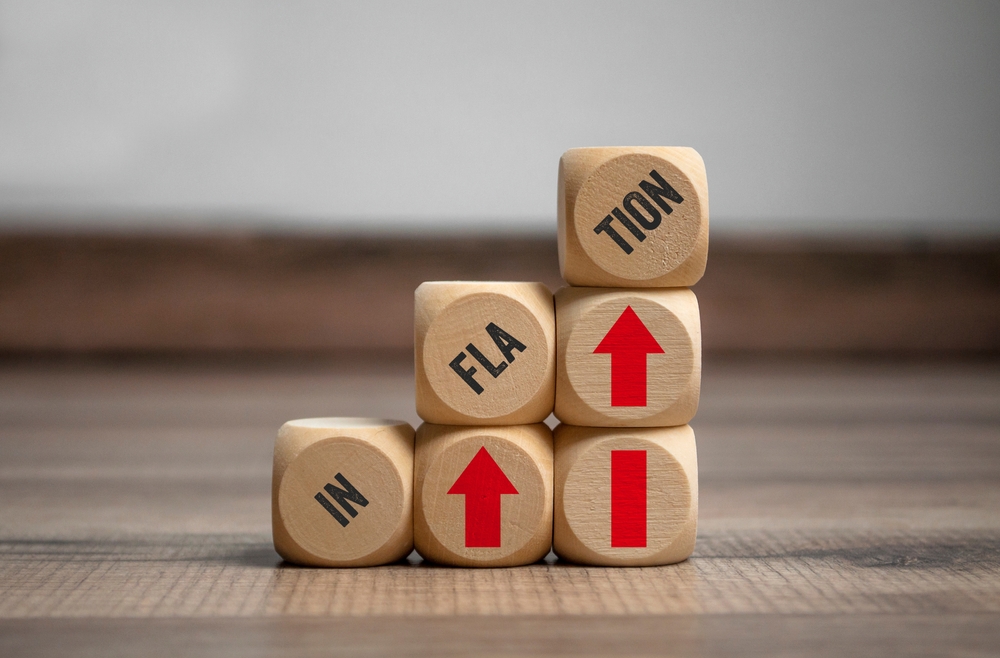
The Canadian wedding industry was particularly sensitive to the effects of the COVID-19 pandemic. The lockdowns of 2020 brought the industry to a grinding halt. Venues were closed, and vendors saw their bookings vanish overnight. Even as lockdown restrictions began to ease in 2021, the wedding industry was slow to recover. Couples and public health officials alike were reluctant to embrace large public gatherings. As such, the sector would languish for another year.
However, 2022 has been viewed as a hard reset for Canadian wedding professionals. But while the year has brought a sense of optimism, there are still challenges on the horizon. Since so many couples had delayed their ceremonies, the industry now faces a supply shortage. While many vendors are happy to have full calendars again, the supply shortage can make planning a wedding difficult. The internal dynamics of the wedding industry are challenging enough, but now there is evidence that the industry is preparing to deal with a broader economic trend: inflation.
Inflation in Canada
Economists define inflation as a general increase in the price of goods and services. While the cause is the subject of intense debate, the United States and Canada are currently experiencing the highest inflation in decades. Statistics Canada puts the country’s official inflation rate at a whopping 6.8%. This marks the highest inflation rate in over 30 years. The rise in prices can be seen everywhere, and weddings are no exception.
What Inflation Means for the Wedding Industry
Weddings are notoriously expensive. Before the pandemic and the inflation that followed, a couple could expect to spend around $30,000 on their big day. The current economic environment could very well see a dramatic increase in a wedding’s sticker price.
Typically, the most considerable expense a couple encounters when planning a wedding is the venue space. Even if inflation were not a factor, the surge in demand for weddings is making venues difficult to secure. High demand means that venue owners can charge more to rent out their spaces.
Additionally, though, venue spaces are currently experiencing higher operating costs. Increases in the prices of utilities combined with an ongoing labor shortage are contributing to higher venue prices across the country.
Catering is also particularly sensitive to the current inflationary environment. The combination of high fuel costs, the labor shortage, and an ongoing supply chain crisis has culminated in record food prices.
Wedding caterers are already stretched thin to fulfill their obligations, but an increase in the cost of food and transportation has caused them to raise their prices. While 2022 is still on track to be a record year for weddings, this ongoing rise means that couples must be creative with their wedding budgets.
How Couples Are Responding
The pandemic and the business environment that it created have changed the wedding industry forever. Couples have had the opportunity to reframe their expectations about what a wedding should be. To meet the challenges in the marketplace, couples are embracing micro weddings and even virtual weddings. They’re also embracing a do-it-yourself mentality. Rather than outsourcing planning, catering, or decorating, nearlyweds are finding value in getting their friends and family involved. Not only does this save money, but it creates a more genuine and community-oriented experience for all.
While times are certainly challenging, the future is optimistic. It appears that many couples are getting back to the basics of what weddings are truly for. While the industry is still in the early phases of this transition, what is certain is that vendors will adapt to ensure that great wedding ceremonies are accessible to all who want them.


